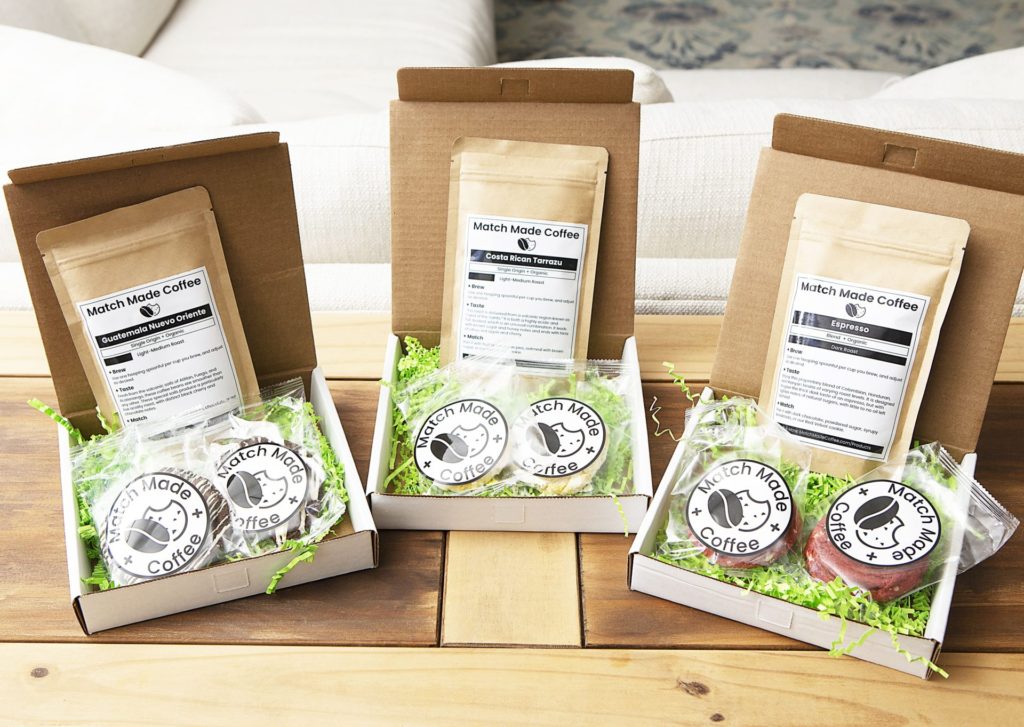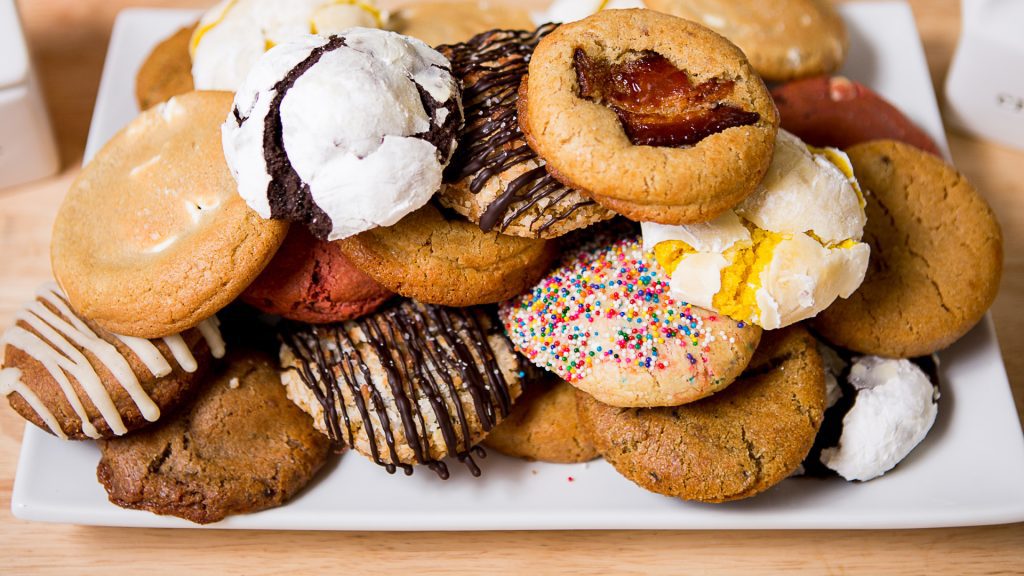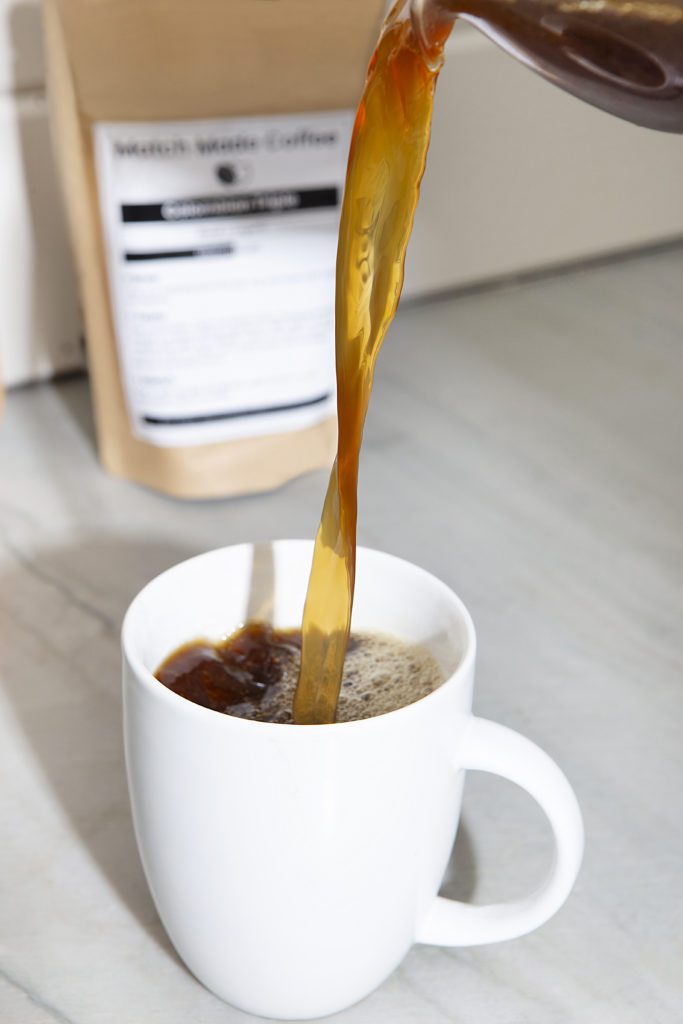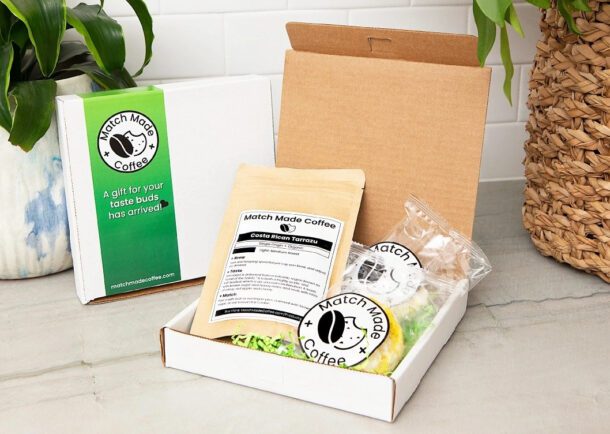Coffee is big business in the United States. There are 150 million coffee drinkers drinking an average of 3.2 cups per day, according to recent statistics. This is nearly a half billion cups, just in the US.
This may seem like a lot, but when you consider that some sources say that the US isn’t even in the top 20 coffee drinking countries, it makes you wonder.

For how much coffee is being consumed, you would think that coffee must be grown all over. This is true to an extent. However, Brazil alone is responsible for over 25% of all coffee grown across the world.
Where it gets crazy is when you consider we reported in a previous article that the single biggest influence on coffee prices is the weather in Brazil.
So, how has their weather been going recently?
Bloomberg reports that it is being ravaged by deforestation, high temperatures, drought, and disease.
Bloomberg continues to state that Brazil’s temperatures have risen by 3° Celsius, rainfall has fallen 50%, and Brazil has their worst drought of the last 80 years.
And although not nearly as bad as it used to be, still over 20 square kilometers per day are being deforested in Brazil.

Plus, to top it off, leaf rust is a disease that ravages coffee beans and it is running rampant. In fact, over 1.7 million workers have lost their jobs due to this disease alone.
Not only is coffee highly popular around the world, and not only is it undergoing some of the greatest stresses ever, but coffee demand is increasing.
World coffee demand is expected to increase 50% by the year 2050.
What does this mean for us? We’ve already hit our first coffee supply deficit in 6 years. This means that there is not enough supply to meet the demand. This results in higher prices, and poorer people losing access to coffee beans.

Whether these are the signs of a permanent rising of prices, or another temporary jump remains to be seen. Looking at historical coffee prices that have been collected over the last few decades (the picture above only shows from the 90s onward), it would seem that these are still regular fluctuations.
But, just on the safe side, Bloomberg also reported on scientists trying to find different coffee species that will be able to thrive during these changes. The scientists are looking both at switching from mostly Arabica beans to Robusta, as well as which new locales and coffee species that may be better suited for both hotter and colder climates.
The price fluctuations have not personally affected Match Made Coffee just yet, so you can be sure that affordable high quality coffee is not going anywhere just yet.






